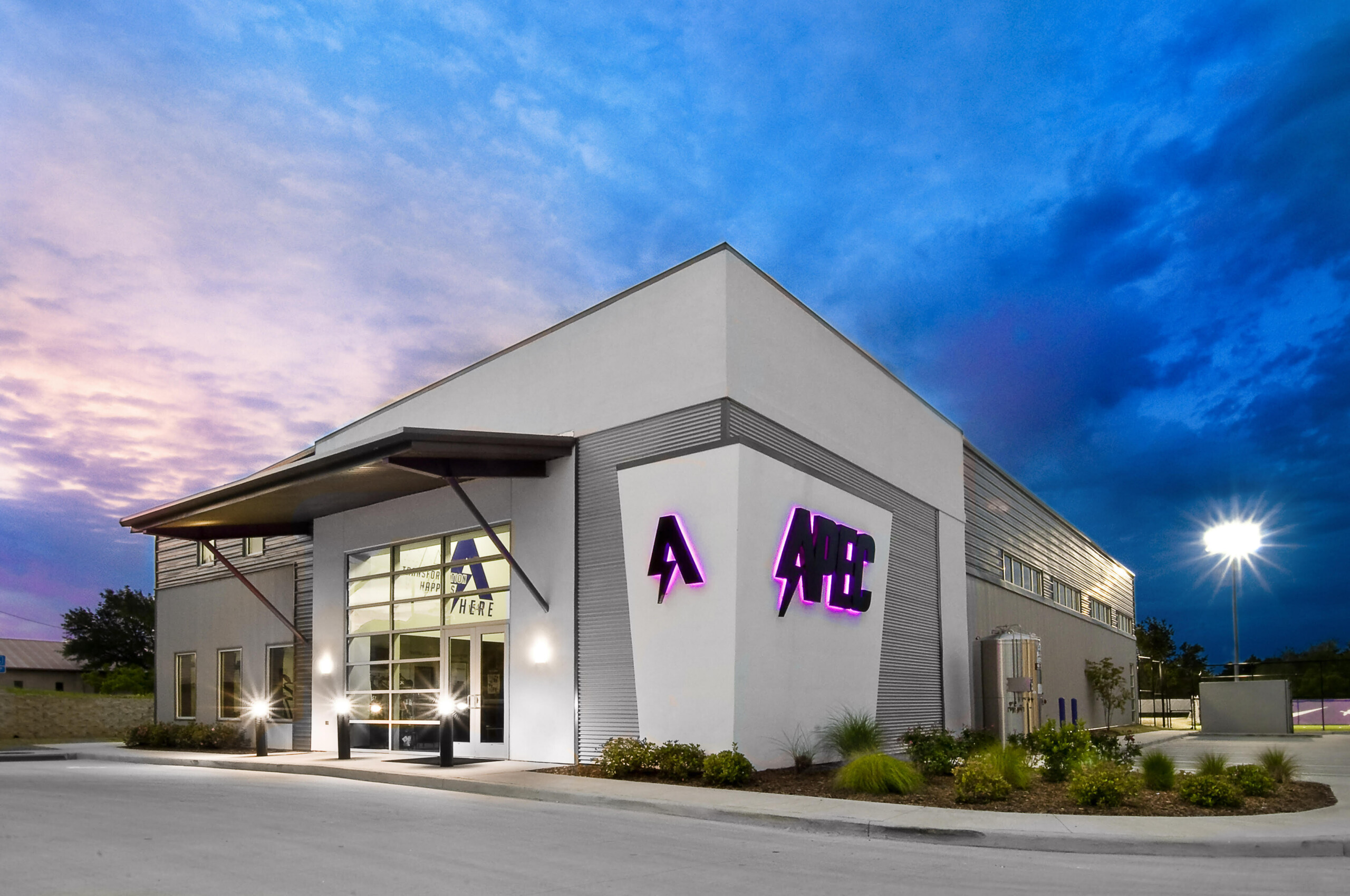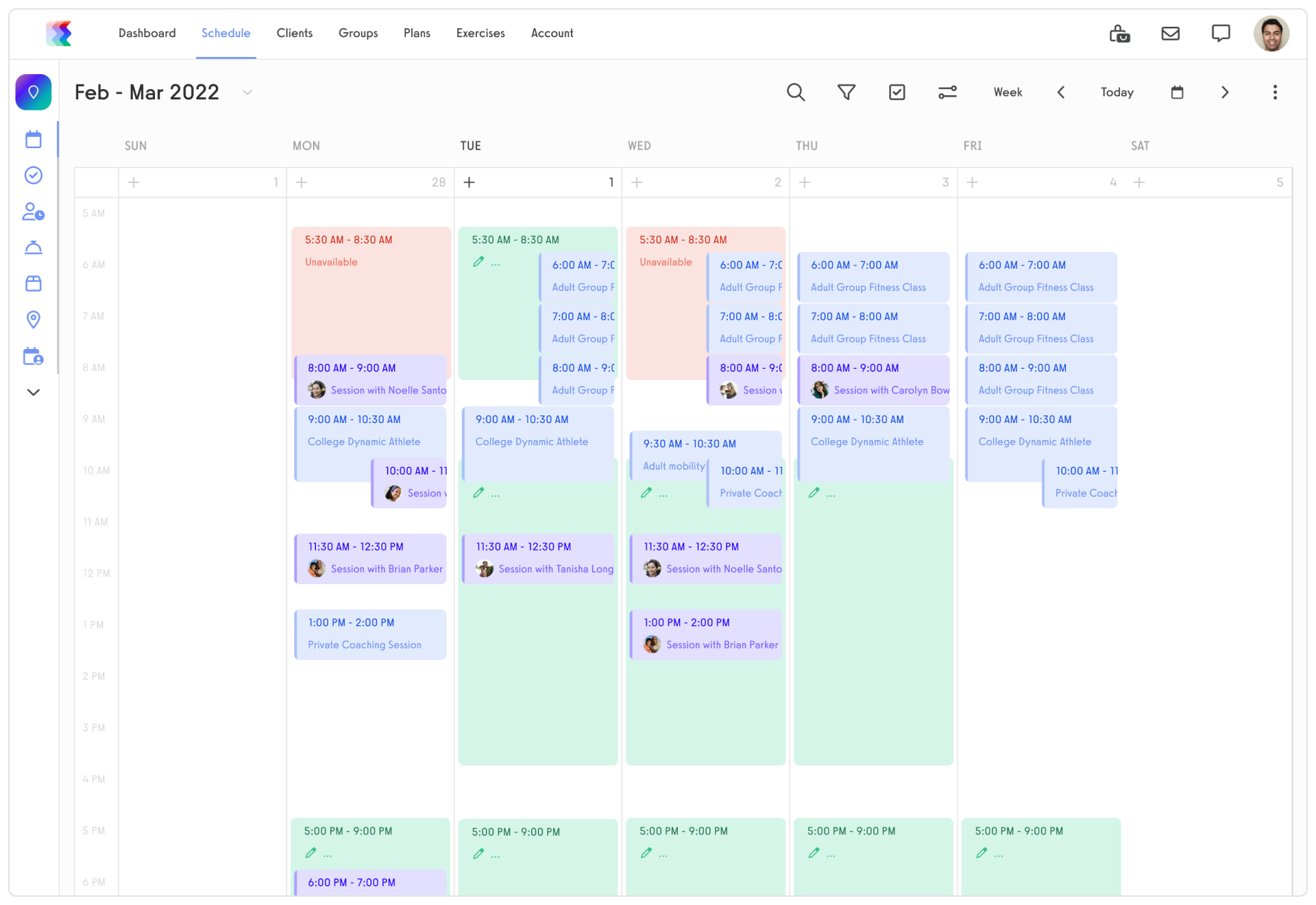97 Display vs Fitbit Care
In today’s fast-paced world, health and fitness have become a priority for many individuals. As a result, numerous companies have developed fitness trackers and apps to help people monitor their progress and achieve their wellness goals. Two of the most popular options in the market are 97 Display and Fitbit Care. In this article, we will compare and contrast the features, functionality, pricing, customer support, and user reviews of these two platforms to help you make an informed decision.

Introduction to 97 Display and Fitbit Care

In order to understand the differences between 97 Display and Fitbit Care, let’s start with a brief overview of each platform.
Overview of 97 Display
97 Display is a comprehensive fitness management software designed to help professional trainers and fitness studios streamline their operations and provide exceptional customer experiences. The platform offers a wide range of features, including appointment scheduling, client management, workout plans, nutrition tracking, and progress monitoring.
Trainers can create personalized workout plans for their clients and track their progress over time. Whether it’s weightlifting, cardio, or yoga, 97 Display allows trainers to tailor the workouts to each individual’s needs and goals. The platform also provides a library of exercise videos and tutorials to ensure clients perform the exercises correctly and safely.
Additionally, 97 Display integrates with popular fitness devices and apps, allowing users to sync their data and analyze their performance effortlessly. This integration provides trainers with valuable insights into their clients’ activities outside of the gym, enabling them to make informed decisions when adjusting workout plans or providing nutritional guidance.
Furthermore, 97 Display offers client management tools that simplify administrative tasks for fitness studios. Trainers can easily schedule appointments, manage client profiles, and send reminders or notifications through the platform. This automation saves time and enhances communication between trainers and clients, fostering a stronger client-trainer relationship.
Overview of Fitbit Care
Fitbit Care, on the other hand, is more focused on empowering individuals to take control of their health and wellbeing. It offers a range of fitness trackers, smartwatches, and a mobile app that allow users to monitor their activity levels, heart rate, sleep patterns, and more.
Fitbit Care takes a holistic approach to wellness, considering not only physical activity but also nutrition, sleep quality, and stress management. The platform provides users with personalized insights and recommendations based on their data, helping them make healthier choices and reach their fitness goals.
One of the standout features of Fitbit Care is its emphasis on community and social support. The platform aims to create a community of like-minded individuals who can support and motivate each other on their wellness journeys. Users can connect with friends, join groups, and participate in challenges to stay engaged and accountable.
Fitbit Care also offers coaching programs that provide users with guidance and support from certified health coaches. These coaches help users set realistic goals, develop personalized action plans, and provide ongoing motivation and accountability. With Fitbit Care, individuals have access to a support system that goes beyond just tracking their fitness metrics.
In summary, while 97 Display focuses on providing fitness professionals with tools to manage their clients and streamline their operations, Fitbit Care is geared towards empowering individuals to take charge of their health and well-being through personalized insights, social support, and coaching programs.
Features and Functionality Comparison
Now that we have a general understanding of both platforms, let’s dive deeper into their features and functionality. This section will focus on the user interface and design, tracking and monitoring capabilities, and integration with other devices and apps.
User Interface and Design
97 Display boasts a clean and intuitive user interface, making it easy for both trainers and clients to navigate and use the platform. The dashboard provides a comprehensive overview of clients’ progress, making it simple to track their achievements and adjust their workout plans accordingly.
But what sets 97 Display apart is its attention to detail in design. The platform offers a variety of customizable templates, allowing trainers to create a unique and visually appealing website for their fitness business. From choosing the color scheme to selecting the font style, trainers can truly make their website a reflection of their brand. This level of customization not only enhances the user experience but also helps trainers establish a strong online presence.
Fitbit Care also offers a user-friendly interface, with vibrant visuals and easy-to-read graphs. The mobile app allows users to view their daily activity at a glance and access helpful tips and suggestions. Fitbit’s smartwatches and fitness trackers have a sleek and modern design, making them an attractive option for fashion-conscious individuals.
But it’s not just about looks. Fitbit Care’s interface is designed to be highly intuitive, ensuring that users can easily navigate through the app and find the information they need. The platform’s emphasis on simplicity and usability makes it accessible to users of all ages and tech-savviness levels.
Tracking and Monitoring Capabilities
When it comes to tracking and monitoring capabilities, both 97 Display and Fitbit Care offer impressive features. 97 Display allows trainers to monitor their clients’ workout sessions, track their nutrition, and review their progress over time. Clients can log their workouts, set goals, and receive real-time feedback from their trainers.
But it doesn’t stop there. 97 Display takes tracking and monitoring to the next level by providing trainers with advanced analytics and insights. Trainers can analyze data trends, identify areas for improvement, and personalize their clients’ training programs based on their individual needs and goals. This level of data-driven decision-making empowers trainers to deliver personalized and effective training experiences.
Fitbit Care, on the other hand, provides users with a wide range of health and wellness metrics, including steps taken, distance covered, calories burned, and sleep quality. Fitbit’s devices also track heart rate, stress levels, and menstrual cycles, providing users with a holistic view of their overall health.
But what sets Fitbit Care apart is its ability to provide actionable insights based on the collected data. The platform uses advanced algorithms to analyze users’ activity patterns and provide personalized recommendations for improving their health and wellness. Whether it’s suggesting ways to increase daily steps or recommending relaxation techniques to reduce stress, Fitbit Care goes beyond mere tracking and truly empowers users to make positive changes in their lives.
Integration with Other Devices and Apps
Both 97 Display and Fitbit Care understand the importance of integrating with other devices and apps to provide a seamless user experience. 97 Display allows users to sync data from popular fitness devices, such as heart rate monitors and smart scales, to get a comprehensive view of their health and progress.
But the integration capabilities of 97 Display don’t stop there. The platform also offers integration with popular productivity tools, such as Google Calendar and Microsoft Outlook, allowing trainers to seamlessly manage their schedules and appointments. This integration eliminates the need for manual data entry and ensures that trainers can focus on what they do best: helping their clients achieve their fitness goals.
Fitbit Care, as a company known for its fitness trackers and smartwatches, integrates seamlessly with its own range of devices. Additionally, it also offers compatibility with other health and fitness apps, such as MyFitnessPal and Strava, allowing users to centralize their data and gain deeper insights into their wellness journey.
But Fitbit Care takes integration one step further by partnering with healthcare providers and insurance companies. This integration enables users to share their health data with their healthcare team, facilitating better communication and collaboration. It also allows healthcare providers to monitor their patients’ progress remotely and provide personalized recommendations for improving their health.
With its extensive integration capabilities, Fitbit Care truly becomes a central hub for users’ health and wellness data, empowering them to take control of their well-being and make informed decisions about their lifestyle.
Pricing and Plans
Now that we have explored the features and functionality of both platforms, let’s discuss the pricing and plans offered by each.
97 Display Pricing and Plans
97 Display offers flexible pricing options based on the needs and size of the fitness studio or personal training business. The platform provides a tiered pricing structure, with varying levels of features and support.
Pricing starts at $99 per month for basic functionality, and additional modules and features can be added based on the requirements of the business. The platform also offers a free trial period, allowing users to test the features before making a commitment.
Fitbit Care Pricing and Plans
Fitbit Care offers a range of pricing options, including both individual and corporate plans. Individual plans start at $9.99 per month, providing access to the Fitbit app and basic tracking features. Additional premium features, such as personalized coaching and advanced insights, are available at higher price points.
For corporate wellness programs, Fitbit Care offers tailored pricing based on the size and specific needs of the organization. This allows companies to provide their employees with the tools and support they need to improve their health and well-being.
Customer Support and Training
Customer support and training are vital aspects to consider when choosing a fitness management platform. Let’s explore the options provided by 97 Display and Fitbit Care.
Support Options for 97 Display Users
97 Display offers comprehensive support options, including online training materials, video tutorials, and a dedicated customer support team. Trainers and fitness studio owners can access a knowledge base containing in-depth articles and frequently asked questions to troubleshoot issues.
The platform also provides email and phone support for more pressing concerns. Additionally, 97 Display offers regular webinars and live training sessions to help users make the most out of the platform’s features and functionalities.
Support Options for Fitbit Care Users
Fitbit Care also offers a robust support system to assist users in their wellness journey. The Fitbit app provides step-by-step setup instructions and access to a vast library of articles and tips on health and fitness.
In addition to self-help resources, Fitbit Care offers customer support via email and a community forum, where users can ask questions and exchange knowledge with other Fitbit users. The company is known for its responsive customer support team, ensuring that users receive timely assistance when needed.
User Reviews and Feedback
Finally, let’s take a look at user reviews and feedback for both 97 Display and Fitbit Care.
Positive Reviews for 97 Display
Users of 97 Display appreciate the platform’s robust features and its ability to streamline their fitness business operations. Trainers find it easy to create and modify workout plans, while clients enjoy the personalized tracking and progress monitoring.
Many users also commend 97 Display’s customer support team and their willingness to go the extra mile in resolving any issues or concerns that may arise. Overall, 97 Display receives positive feedback for its user-friendly interface and comprehensive fitness management capabilities.
Positive Reviews for Fitbit Care
Fitbit Care users rave about the platform’s integration with Fitbit’s range of devices, noting its accuracy and reliability in tracking their health and fitness metrics. Users also appreciate Fitbit Care’s ability to provide personalized insights and recommendations based on their data.
Fitbit’s community aspect is another highlight, as users find motivation and support from like-minded individuals. The sleek design of Fitbit’s devices is also mentioned as a positive aspect, making them a popular choice among users seeking both function and style.
Negative Reviews and Criticisms
While both platforms receive overwhelmingly positive feedback, there are a few areas of improvement mentioned by users. Some 97 Display users have expressed the need for additional customization options and more intuitive reporting features.
Fitbit Care users have mentioned occasional issues with device syncing and software updates. Some have also cited that certain premium features are not available in all subscription levels, leading to additional costs for users seeking full functionality.
Conclusion
In conclusion, 97 Display and Fitbit Care are both powerful platforms with their unique strengths. 97 Display is tailored for fitness studios and personal trainers, providing comprehensive fitness management features and exceptional customer support. Fitbit Care, on the other hand, focuses on empowering individuals to improve their health and well-being, with a range of fitness trackers, smartwatches, and a robust mobile app.
When choosing between 97 Display and Fitbit Care, it’s important to consider your specific needs and goals. Evaluate which platform aligns better with your business or personal fitness objectives, keeping in mind factors such as pricing, features, user interface, and customer support. Ultimately, the right choice will depend on your individual preferences and requirements in your fitness journey.














